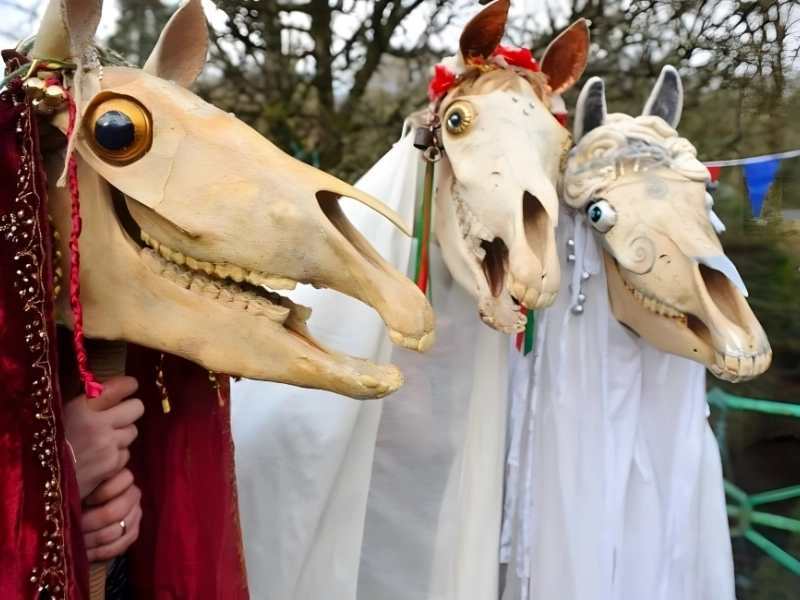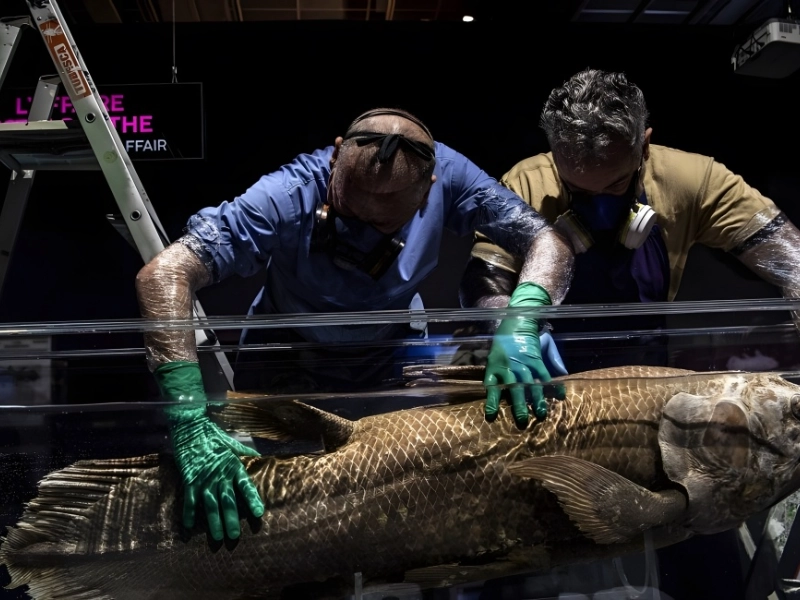1. Northwestern Poland Found Home To A Vampire Cemetery
Where: Gliwice, Poland
Year Found: 2013
Estimated Value: N/A
In Gliwice, Poland, while building a railway, construction workers discovered something really peculiar. While discovering the remains of former WWII troops was not unusual, this particular discovery included a startling discovery: a centuries-old vampire burial. The way the bodies were buried in the grave guaranteed they wouldn't resurrect as vampires.
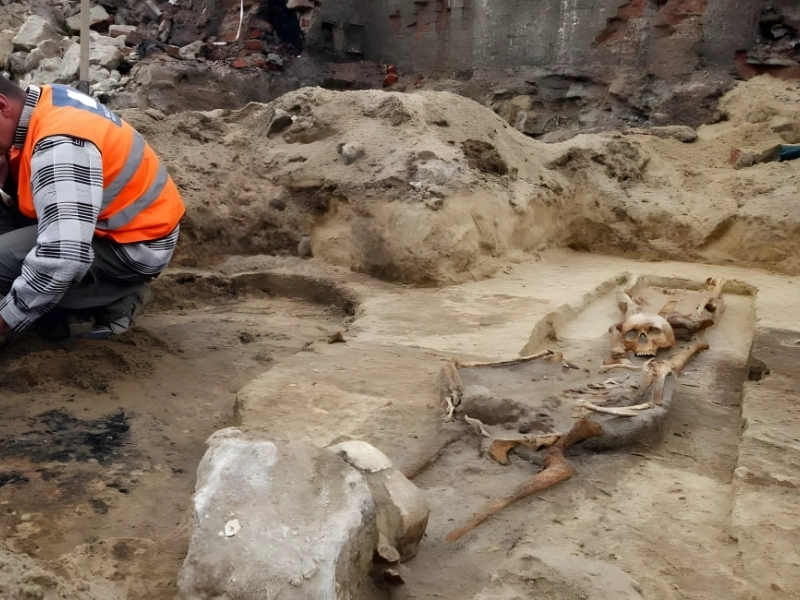
Advertisement
Northwestern Poland Found to Have a Vampire Cemetery @Independent/Pinterest
Typically, charges of vampires were connected to some sort of disaster, such as a disease or crop collapse. People who were suspected of being vampires would be used as scapegoats for the calamities, which at the time had no known cause. These bodies are believed to have been buried in the 600s, when paganism was still widely practiced in the Slavic nations.
2. The Oldest Extant Photograph of an Animal Discovered in Sulawesi
Location: Indonesia's Sulawesi
Year Found: 2017
Estimated Value: Incalculable
This picture, which was discovered on the Indonesian island of Sulawesi, is the world's oldest known example of an animal representation. Dark red ochre was used to create it, and it was drawn 45,000 years ago. The life-size image shows a Sulawesi Warty Pig in what looks to be a scene from a story.
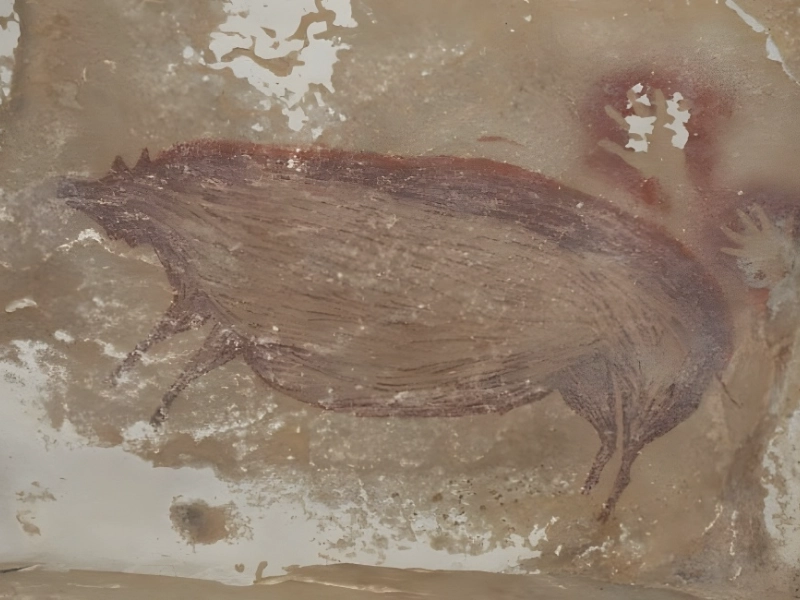
The Oldest Living Photograph of an Animal Discovered on the Indonesian Island of Sulawesi @Griffith University/Youtube
Stories were told by people as early as 45,000 years ago. This ancient person was recounting and drawing a story about a stocky, short-legged wild pig. This artwork, which was discovered in the Leang Tedongnge Cave, is the earliest proof that people lived in the area. The Warty Pig is still extant, but sadly, his species is classified as "Near Threatened."
3. In 2014, Miguel de Cervantes's Grave Was Eventually Found
Where: Spain's Convent of the Barefoot Trinitarians
Discovered in 2014
Estimated value: N/A
Spanish author Considered as one of the greatest Spanish novelists of all time is Miguel de Cervantes. His most well-known work is Don Quixote, which is frequently regarded as the first modern novel ever written and the pinnacle of global literature.
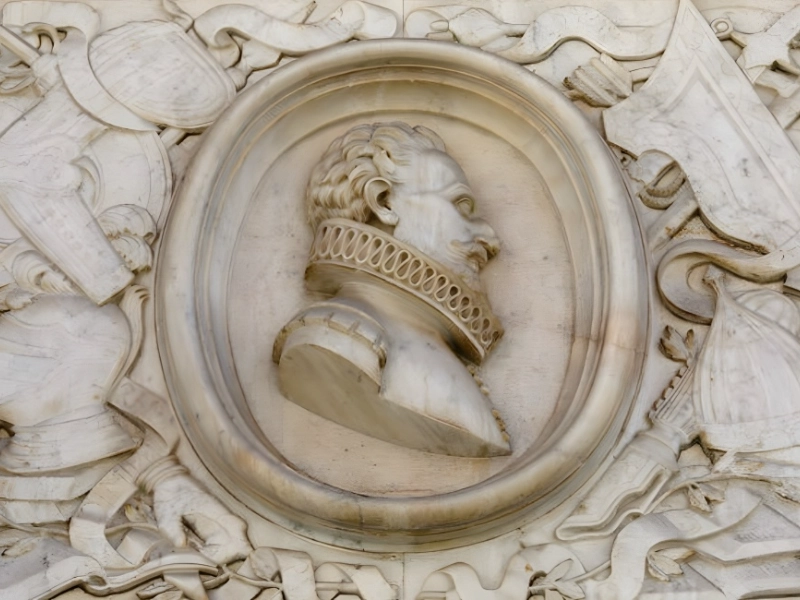
2014: Miguel de Cervantes's Grave Was Eventually Discovered @cbsnews/Pinterest
Cervantes passed away in 1616, having been born in 1547. His grave remained undiscovered for a very long period. The famous author's burial was not found on the grounds of the Convent of the Barefoot Trinitarians until 2014, despite the Spanish knowing he was buried somewhere in Madrid. The well-known author was buried in a wooden tomb marked with the initials "M.C." He was buried in an ordinary grave among ten other people, but after his body was discovered, he was given a more dignified funeral, as befitted a distinguished artist.






